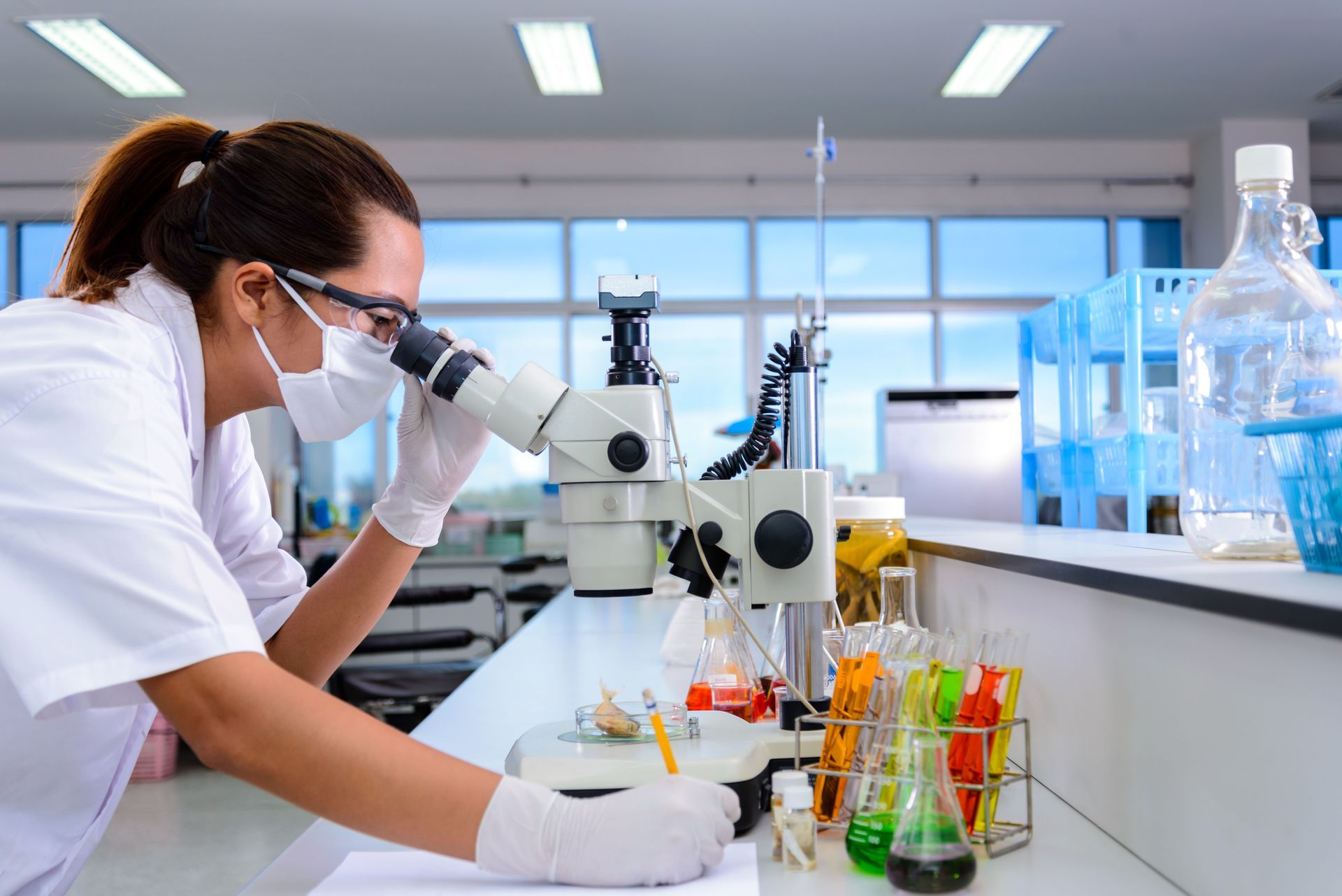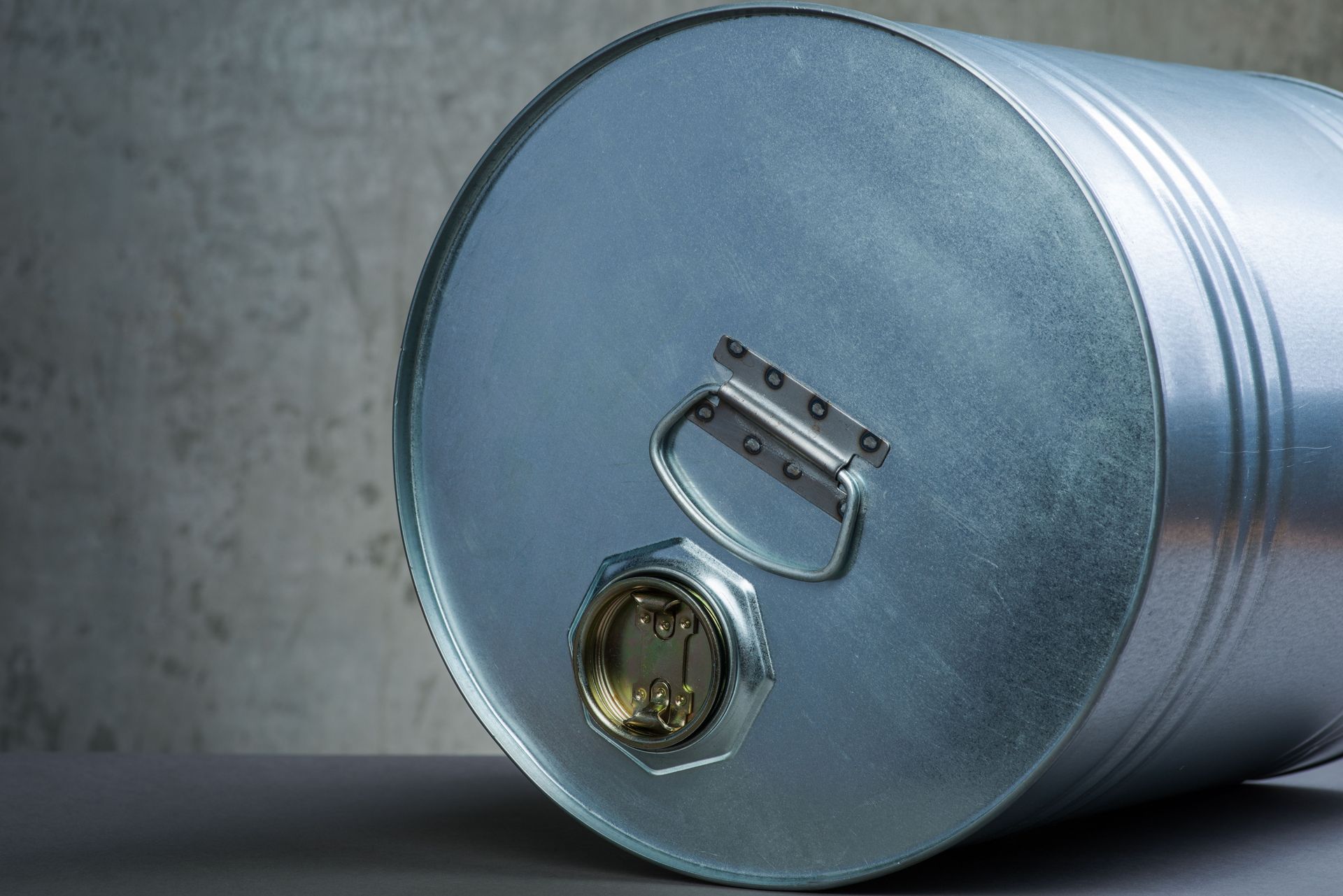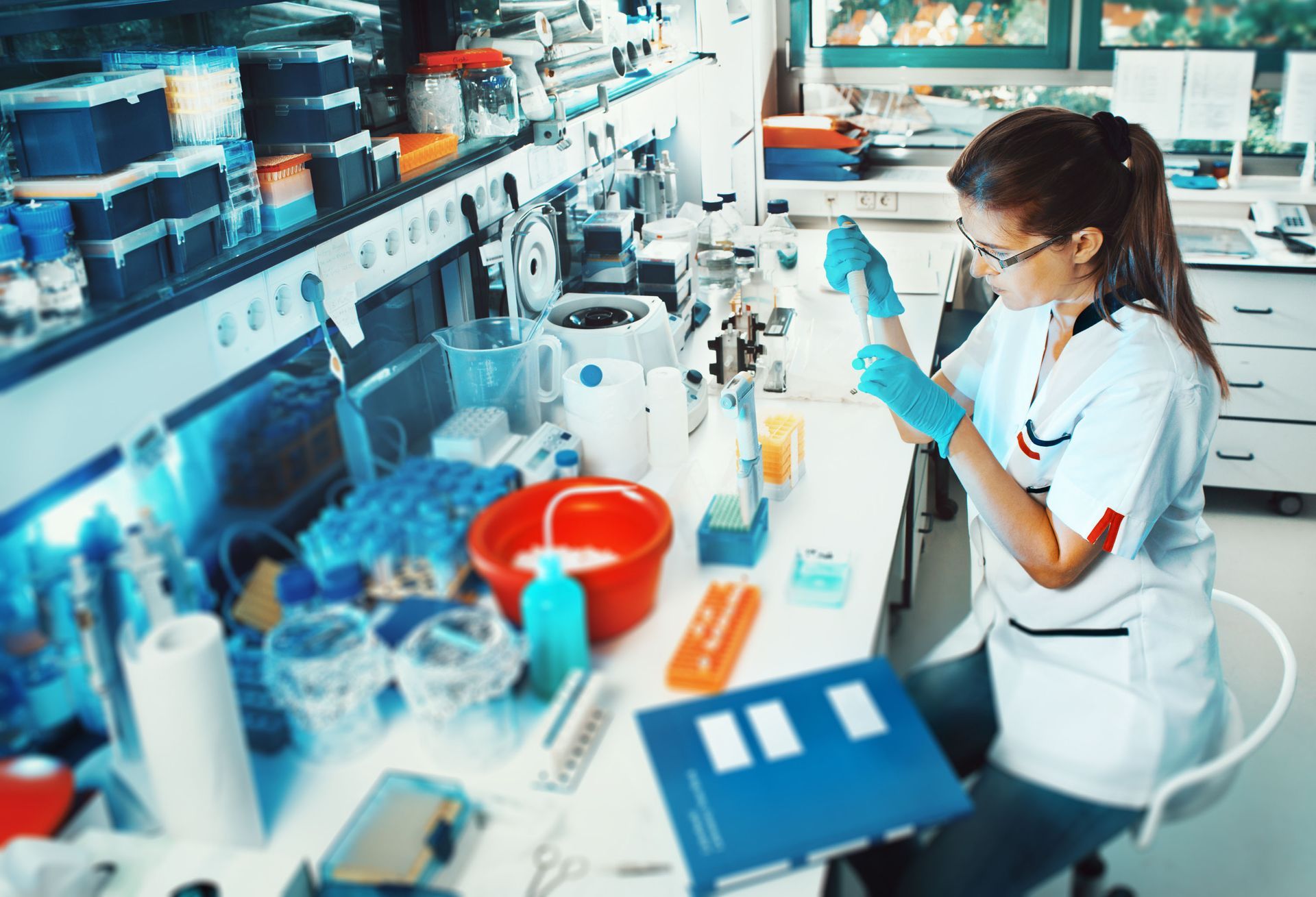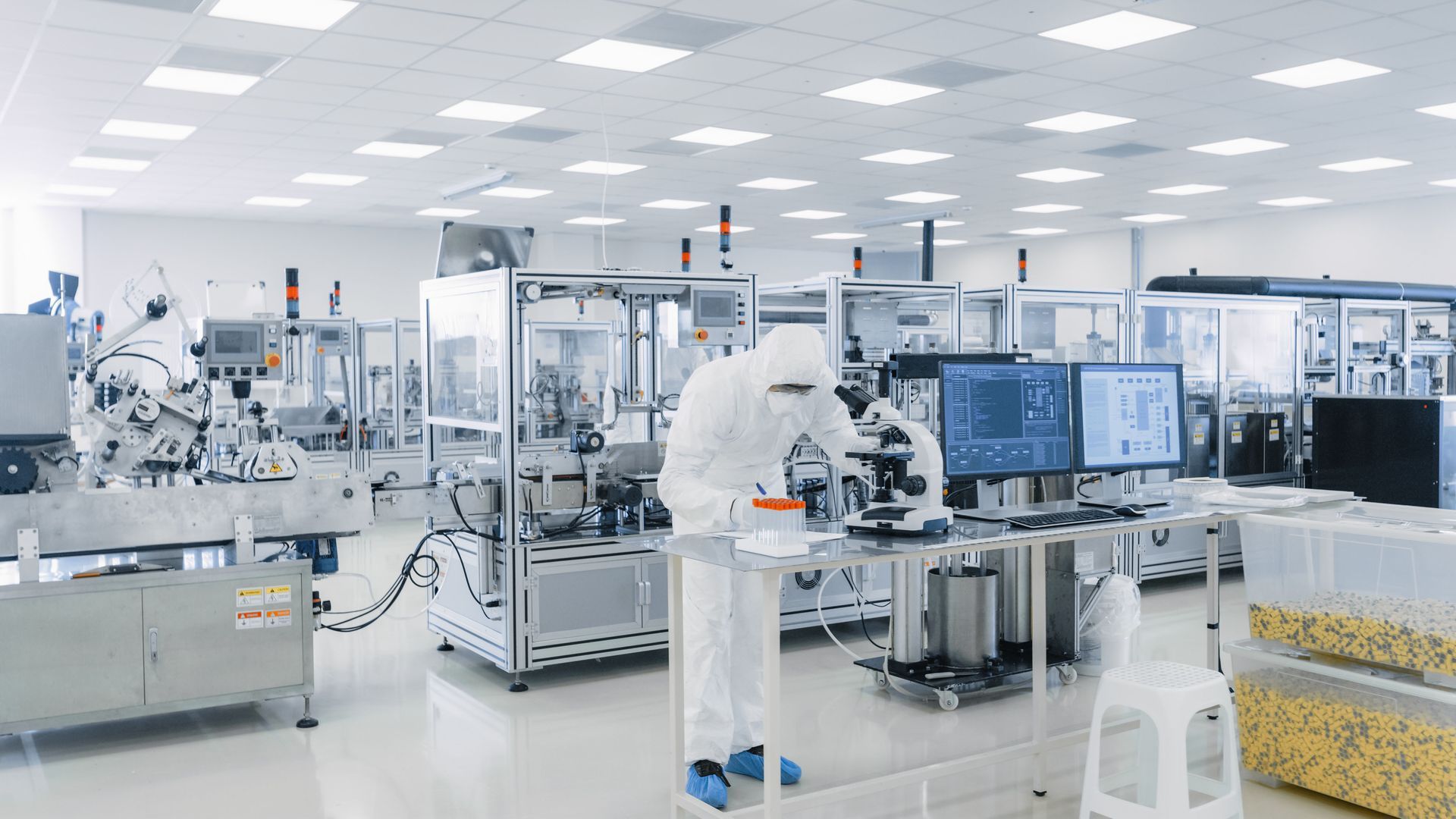September 9, 2025
Corrosion testing is more than just a technical procedure; it’s a vital tool for businesses that want to maintain operational efficiency and protect their industrial assets over time. By examining how materials respond to environmental conditions, companies gain insights into potential weaknesses that, if left unaddressed, can lead to downtime, safety hazards, or even catastrophic failures. Industries like oil and gas, automotive, aerospace, marine, and construction rely on corrosion testing to maintain safety, durability, and operational continuity. According to the Institute of Corrosion, corrosion eats about 3% of global GDP every year. This staggering impact highlights why proactive approaches, including regular condition assessment, are indispensable.
Businesses often overlook the slow and invisible progression of corrosion until it becomes a major problem. Equipment may appear fine on the surface, but internal degradation can silently compromise performance. A proper condition assessment identifies these hidden vulnerabilities early, enabling timely interventions that save both operational stress and long-term efficiency. By treating corrosion testing as a strategic component rather than a reactive measure, companies can turn potential problems into opportunities for improved performance.
Understanding Corrosion and Its Impacts
Corrosion is the natural deterioration of materials, most often metals, due to chemical or electrochemical interactions with their surroundings. Left unchecked, corrosion weakens structures, damages machinery, and can create serious safety hazards for employees and the public. Common types include uniform corrosion, where material wears evenly across a surface; pitting corrosion, which causes small but deep localized damage; and crevice corrosion, which occurs in confined spaces where environmental exposure is heightened.
Each type of corrosion requires a tailored approach to prevention and management. For example, pitting corrosion is notoriously difficult to detect until significant damage has occurred, making early detection through condition assessment critical. Understanding these mechanisms allows businesses to plan protective strategies specific to the materials and environments they use. By identifying vulnerable points before they fail, companies can extend the life of their assets and avoid operational disruptions.
Real-world examples make this even clearer. In our experience, manufacturing plants, pipelines, and storage tanks often experience internal corrosion that is invisible to the naked eye. If these failures go unnoticed, they can lead to leaks, contamination, or operational shutdowns. A comprehensive condition assessment allows businesses to catch these issues early, schedule preventive maintenance, and prevent emergencies that would otherwise result in major operational impacts.
Environmental and Material Considerations
Environmental conditions heavily influence corrosion rates, and understanding these factors is key to developing effective protection strategies. Moisture, temperature swings, chemical pollutants, and even atmospheric salinity can accelerate material degradation. Coastal facilities, for instance, face continuous exposure to salt-laden air, which corrodes metals faster than in inland locations. Similarly, plants in industrial zones may contend with airborne chemicals that attack metal surfaces.
Material choice is equally important. Metals like stainless steel, aluminum, and titanium typically resist corrosion better than carbon steel, especially in challenging conditions. Protective coatings, galvanization, and modern surface treatments provide additional defense against environmental stresses. However, even the best materials can fail without ongoing monitoring. A systematic condition assessment ensures that businesses are aware of which assets are most vulnerable, allowing them to apply preventive strategies in the right places at the right time.
In addition to standard metals, composite materials and innovative alloys are increasingly being used to combat corrosion. These materials often come with unique considerations for testing, making regular assessment all the more important. By combining thoughtful material selection with ongoing condition assessment, businesses can maximize asset longevity and minimize unexpected failures.
Laboratory and Field Testing Approaches
Corrosion testing involves a combination of laboratory simulations and real-world field assessments. Laboratory-based methods allow companies to observe how materials perform under controlled conditions, such as salt spray tests, immersion trials, and humidity chamber simulations. These techniques accelerate the corrosion process to predict how materials will behave over years of real-world exposure, providing valuable insights into durability, coatings, and material selection.
Field testing, on the other hand, evaluates assets in their actual operating environment. On-site inspections, real-time monitoring devices, and corrosion coupons offer direct insights into how environmental factors interact with materials. Field testing is particularly valuable in complex scenarios where laboratory simulations may not fully replicate real-world conditions.
Integrating laboratory and field data through a structured condition assessment gives businesses a comprehensive view of material performance. For instance, an offshore oil rig may use lab tests to understand metal resistance to saltwater and high humidity, while field inspections monitor actual corrosion progression over time. This dual approach allows companies to make informed decisions about maintenance schedules, protective coatings, and material replacements, ultimately reducing the risk of unplanned downtime.
Advanced Testing Techniques and Predictive Insights
Beyond standard testing, advanced techniques provide predictive insights that can significantly improve corrosion management. Electrochemical methods, cyclic corrosion tests, and accelerated environmental simulations allow businesses to anticipate how materials will respond under extreme conditions. By identifying subtle weaknesses before they lead to failures, companies can optimize maintenance and protective strategies proactively.
The combination of these testing methods with condition assessment enables businesses to prioritize interventions effectively. For example, if testing indicates a certain alloy is likely to corrode faster under specific conditions, maintenance teams can schedule inspections and treatments before the material fails. This proactive approach minimizes downtime, extends asset lifespan, and enhances safety by addressing vulnerabilities before they pose a risk to personnel or the environment.
Benefits of Corrosion Testing for Business Operations
The advantages of regular corrosion testing extend well beyond protecting physical assets. Equipment that is regularly monitored through testing and condition assessment operates more reliably, reducing the likelihood of sudden breakdowns. Businesses also maintain compliance with regulatory standards, which often require periodic monitoring of infrastructure integrity.
Additionally, corrosion testing improves operational efficiency by allowing for predictive maintenance. Companies can allocate resources strategically, preventing unnecessary interventions and emergency measures. Reliable materials and well-maintained infrastructure also boost product and service quality, building customer confidence and strengthening brand reputation. Businesses that integrate corrosion testing into their routines demonstrate a commitment to safety, efficiency, and sustainability—qualities that can provide a competitive edge in any industry.
Implementing a Corrosion Testing Program
Establishing an effective corrosion testing program begins with assessing the unique needs of a business. Factors such as the operational environment, types of materials in use, and criticality of assets should guide the design of a testing program. Selecting appropriate laboratory, field, and advanced testing methods ensures accurate and actionable results. Working with qualified corrosion testing professionals provides expertise in interpreting data and recommending solutions.
Routine incorporation of corrosion testing into maintenance schedules allows companies to act on findings quickly and effectively. Conducting consistent condition assessment as part of this program helps businesses prioritize interventions, allocate resources efficiently, and reduce unexpected downtime. Over time, this proactive approach not only preserves equipment and infrastructure but also improves operational efficiency and enhances overall business resilience.
By viewing corrosion testing as an ongoing strategy rather than a one-time effort, businesses can maintain a clear understanding of asset health, make data-driven decisions, and implement preventive measures that save time, resources, and operational headaches. Regular monitoring also builds a culture of proactive maintenance, empowering teams to anticipate issues before they escalate. Over time, this approach not only protects physical assets but also enhances overall efficiency, safety, and long-term profitability. For professional corrosion testing and comprehensive condition assessment, contact Corrosion Testing Laboratories, Inc today.




